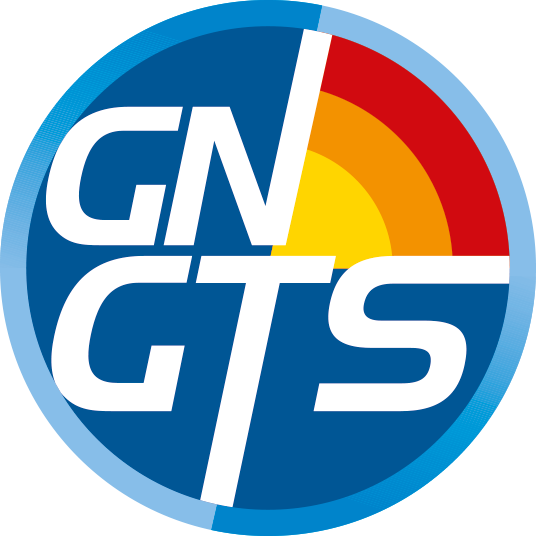DISASTER RISK ANALYSIS AND REDUCTION
Session 2.1
Towards new approaches to estimate earthquake and tsunami hazard: data and procedures
Convenors of the session:
Daniela Di Bucci– Daniela.DiBucci@protezionecivile.it
Dario Albarello – dario.albarello@unisi.it
Bruno Pace – bruno.pace@unich.it
In terms of earthquake hazard the following topics are encouraged:
- Role and uncertainties of short-term seismic hazard models (days/months), both on statistical and deterministic basis, and how to give them a probabilistic form for their integration with medium-term (years) and long-term (tens of years) estimates
- Seismic hazard estimates related to rare events and possible validation models of these estimates
- Role of macroseismic studies and impact of their uncertainties in long-term seismic hazard definition
- Methods of integrating geological and geophysical, surface and subsoil data, for parametric definition of the sources and their uncertainties, within a probabilistic formulation of hazard and event scenarios
- Development of physics-based models of seismic sources and their interaction.
- Critical analysis of propagation models to support near-field and long-range ground motion estimates
- Fault displacement hazard analysis, regarding in particular strategic infrastructures, and its possible integration into seismic hazard models
- Systematic integration of local seismic hazard assessments into the regional scale ones.
In terms of tsunami hazard the following topics are encouraged:
- Tsunami hazard models for tsunamis generated by earthquakes, also in comparison with international experiences, and the possible integration with a probabilistic approach of other types of data
- Development of event and impact scenarios and their constituent elements
- Advances in knowledge and modelling for tsunami hazard for tsunamis not generated by earthquakes.
Outlining the possible scenarios induced by the occurrence of earthquakes and tsunamis in the next future is an essential task of the seismological research. The close connection of these studies with the risk mitigation regulations has stimulated research in this direction but has also conditioned its development. Many studies have remained confined to restricted academic fields and this has progressively dried up part of the scientific debate, even at an international level. We want to stimulate a broader discussion on the topics, also because new and controversial strategies of analysis are appearing in the limelight. The session aims to reopen the debate on these issues of central importance for the research on hazards, also starting from a terminological redefinition of the problem, overcoming the apparent “sclerosis” of the discussion. The final aim is to outline a research path towards new approaches for seismic and tsunami hazards assessments over the next decade, also including a multi-hazard perspective.
Session 2.2
Science and technology to support earthquake prevention and preparedness
Convenors of the session:
Mauro Dolce (UniNA) – dolcerom53@gmail.com
Francesca Pacor (INGV) – francesca.pacor@ingv.it
Maria Polese (UniNA) – mapolese@unina.it
Contributions recommended for this session:
- Monitoring networks for the knowledge of seismic hazard and for rapid response
- Shaking scenarios at different territorial scales for seismic risk evaluations: methodological approaches, uncertainty management and input data
- Assessment of seismic risk and its engineering components (vulnerability and exposure) at different territorial scales and with different methodologies, and development of the necessary tools and databases
- Methodologies and examples of multi-risk analysis associated to seismic risk (e.g. earthquakes and tsunamis)
- Civil protection planning and urban planning tools for seismic risk mitigation
- Techniques and examples of seismic strengthening or retrofit interventions of rapid execution and having low impact on the service continuity of the building, also integrated with energy efficiency interventions and considering circular economy principles
- Tools for the safety assessment of individual buildings, including on-site and remote monitoring and related analysis methodologies
- Contributions for the improvement of seismic standards for different structural types (buildings, bridges, warehouses, large structures, etc.) and for different structural materials (masonry, reinforced concrete, steel, wood, etc.) for the design of new buildings or interventions on existing buildings, including the evaluation of seismic design actions
Seismic risk mitigation is a rapidly evolving field, as scientific, engineering and technological developments are providing new elements for the prevention, preparedness, response and recovery of the system and population to the effects of earthquakes. Moreover, the need to combine the seismic risk reduction with the reduction of other risks, coupled with the requirement to consider present and future climate change issues, foster the adoption of a more articulated and complete approach, where the risk scenarios encompass also compound and induced events (e.g. tsunamis), and where the prevention actions on constructions take into account the needs for energy efficiency. This session has the scope to collect those contributions that could represent an advancement in seismic reduction strategies, also in a broader perspective to other risks.
Session 2.3
Risk Communication
Convenors of the session:
Serena Tagliacozzo (IRPPS, CNR) – serena.tagliacozzo@irpps.cnr.it
Valentina Rizzoli (CORIS, Sapienza University of Rome) – valentina.rizzoli@uniroma1.it
Interventions can address – but are not limited to – the following areas and topics:
-
- Information and communication technologies for risk and crisis communication (e.g., social media, citizen sensors)
- Relationship between risk perception and communication
- Risk communication and behavioural change
- Multi-hazard risk communication
- Risk communication for disaster prevention, preparedness, response, and recovery
- Targeted risk communication (i.e., involving diverse groups such as vulnerable populations, young people, and gender-sensitive communication)
- Risk education
- Ethics in risk communication.
Risk and crisis communication is an essential component for disaster risk prevention and management and, to be effective, it requires multidisciplinary and multi-actors efforts. Risk communication should therefore be implemented in all the phases of the disaster cycle (e.g. prevention, preparedness, response and recovery). This session welcomes contributions from researchers and practitioners working on different research streams and hazards from a multi-hazard risk perspective. Relevant topics include -but are not limited to – opportunities offered by information and communication technologies for tailoring the message to the specific needs of diverse groups and sub-populations; social media and social construction of risk; the role of risk education in communication; drivers of risk perception and behavioural change.


